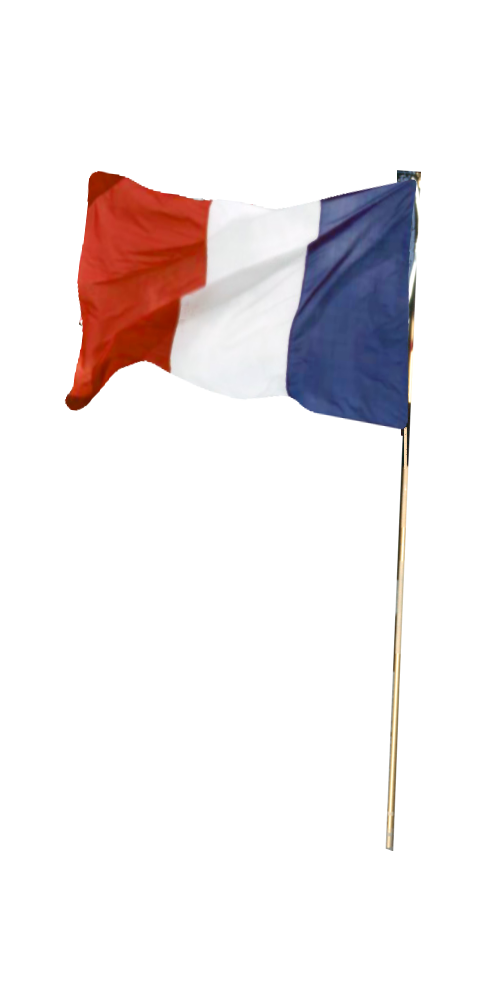


The July 20th, 1969, during the Apollo 11 mission, as he just land the lunar module Eagle on the surface of the moon, Neil Armstrong said: "Houston, Tranquility Base here, the Eagle has landed". With these words he founded the first human settlement in space.
This site aims to trace the history of this base through various documents.
Whether you have lived these moments in 1969 or later, this site will allow you to see a completely new way.
To understand all the details of that night of July 20 to 21, 1969 you can refer to the (french) book "Ici la base de la Tranquillité" whose research work is at he origin of the production of these documents.

Episode I : Landing
This video covers some 13 minutes of the descent of the lunar module Eagle from the point called PDI (Power Insertion Descent), that is to say from the moment he left the lunar orbit to the moon landing.
In this video are synchronized:
The film taken by the onboard 16mm camera
Movies recorded in the control room of Houston (2 cameras)
Live broadcasts of TV channels: CBS (USA), RAI (Italia) . ORTF (France) not available now
- The Earth-Moon dialogs and real-time transcription
(in green, dialogs recorded onboard the lunar module) - The dialogs between flight controllers and real-time transcription
(in green, dialogs with backroom) The altitude in real time
The curve of altitude in real time
Neil Armstrong's heartbeats in real time
Episode II : First steps
This video begins when the live TV image arrives on Earth as Neil Armstrong descended the ladder of the lunar module. Then he made his first step, down a camera, take some photos and collect some contingency samples. The video ends when Buzz Aldrin descended to the ground in turn. The film is also useful to show in parallel the control room of Houston and the path of the television picture and changes the receiving antenna on Earth, which explain the changes in image quality.
Are synchronized to this video:
- The image of live television and audio exchanges Earth - Moon
- The film recorded by the onboard LM 16mm camera
- The film recorded in the control room of Houston
- The path diagram of the TV picture involving the Goldstone (GDS) antenna in the U.SA and those of Honeysuckle Creek (HSK) and Parkes in Australia.
- The audio network NET2 on which converse the operators of the previous stations with Sydney (SYD) and Houston (HTV)
- The transcript of the Earth-Moon as well as network NET2
- The heartbeats of Armstrong and Aldrin in real time
For videos
Firefox >= version 10
ou IE >= version 9
First you will find a several videos recounting the whole night of 20 to 21 July 1969 from the landing to the end of the moonwalk. Each video (called episode) covers about 20 minutes and synchronizes video sources (direct TV, onboard 16 mm, photos, ORTF, CBS, RAI) with audio sources (Earth-Moon dialogues, dialogues between flight controllers, comments on the TV broacast). Moreover, all these dialogues are transcripted in real time, in English or French. The videos also show the cardiograms of the astronauts and their position in real time on the lunar surface.
Currently three episodes are available: Episode I deals with the moon landing and episodes II and III deal with the first 40 minutes of the Lunar running.
There is also a museum section (only in French but with a large number of documents) aimed to compile all kinds of records that allow to reconstruct the history of the Tranquility Base.
english
français
List of updates
September 18, 2013
Museum section/armstrong
- Ariticle found in Lima News, 6/6/1947 : "Wapak youth piked by navy"
- Excerpt from the log of USS Essex
September 1st, 2013
- Episode III
Museum section
- Photo of Neil Armstrong the day of his graduation as pilot in the US navy.
- Photo of a flying Panther piloted by N.Armstrong.
- Unique video of Neil Armstrong onboard USS Essex carrier in 1951.
July 2013
New version of episode II with transcriptions in french.